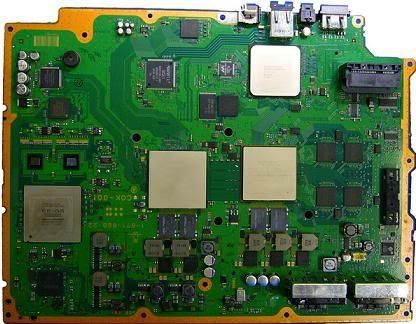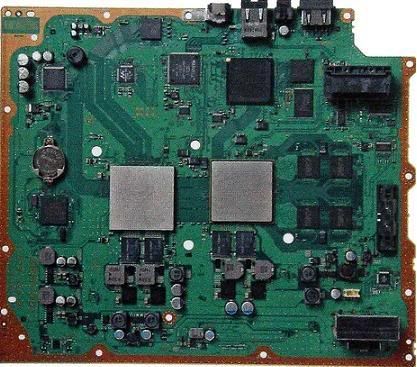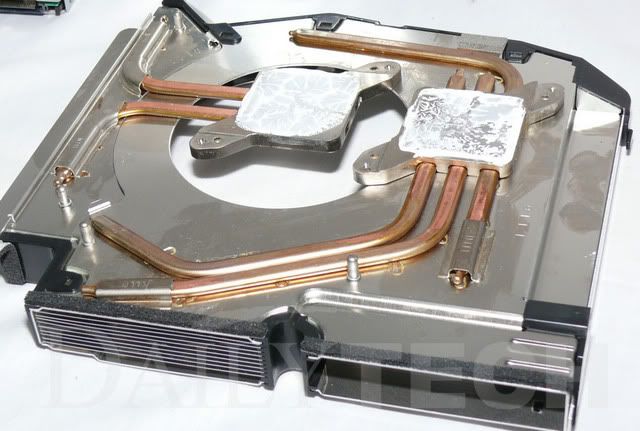20GB/60GB North American Launch:

Has PS2 CPU and GPU hardware
60GB PAL Launch / 80GB US:

Has PS2 GPU hardware
40GB motherboard:

Has no PS2 hardware
Engadget:
-Reduced the power usage to around 135 Watts from 200 Watts.
-Runs cooler and quieter
-Smaller heat pipe
-PS2 hardware was located on the left side of the motherboard.
-Board width is approximately 15% shorter in the 65nm version.
FYI: PS3 Heatsink


Has PS2 CPU and GPU hardware
60GB PAL Launch / 80GB US:

Has PS2 GPU hardware
40GB motherboard:

Has no PS2 hardware
Engadget:
-Reduced the power usage to around 135 Watts from 200 Watts.
-Runs cooler and quieter
-Smaller heat pipe
-PS2 hardware was located on the left side of the motherboard.
-Board width is approximately 15% shorter in the 65nm version.
FYI: PS3 Heatsink

